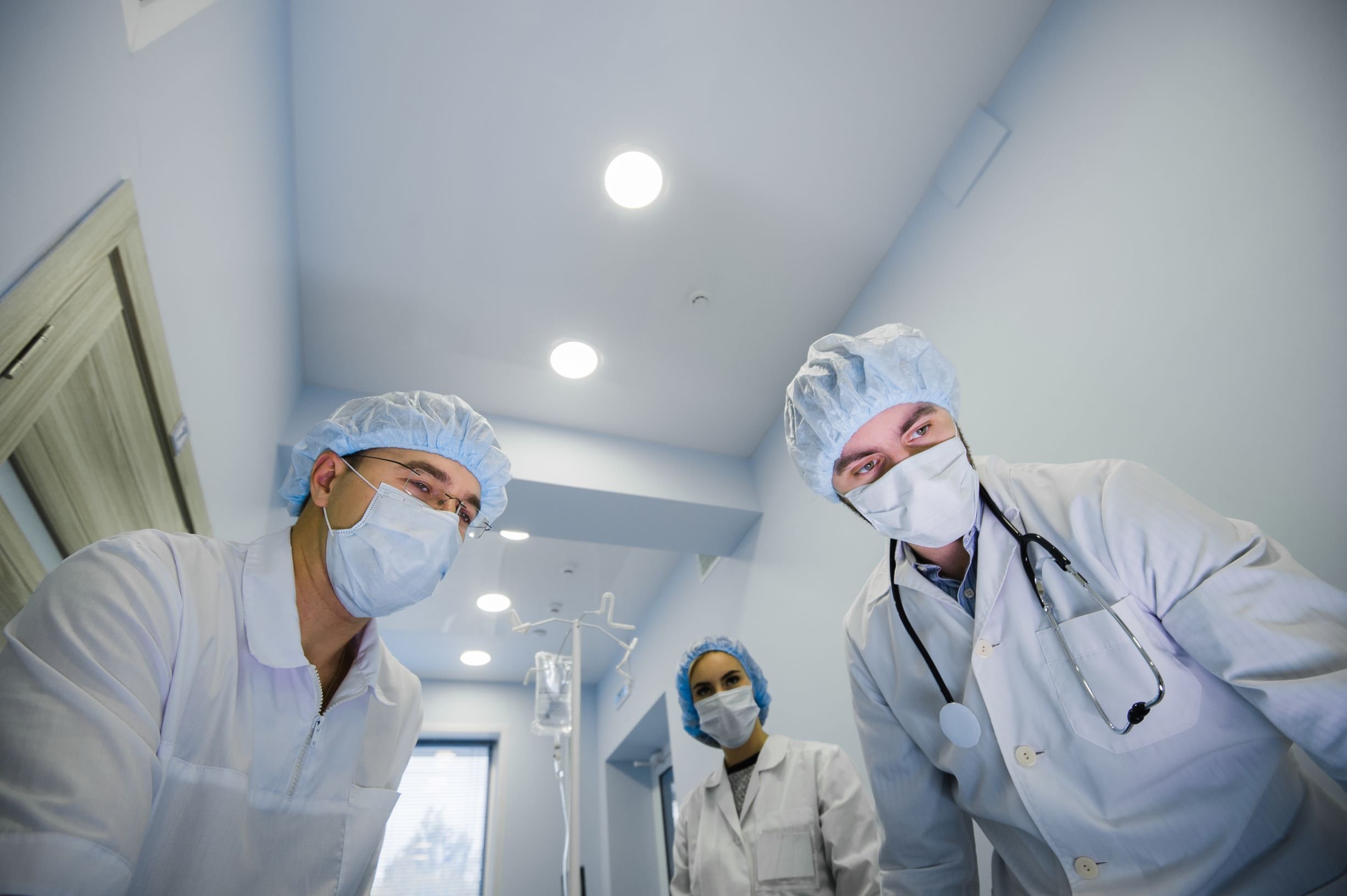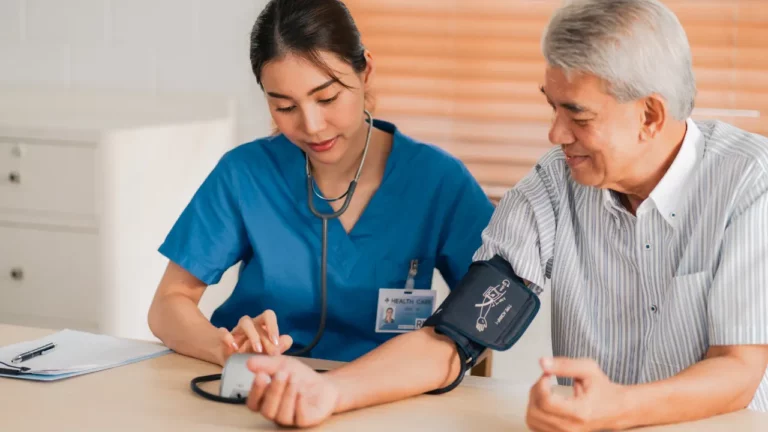Remote patient monitoring (RPM) was once thought to be one of the most successful approaches in monitoring disease progression or improvement for hypertension, diabetes, and other chronic conditions. RPM captures and sends patient health data to clinicians via linked devices outside of a traditional clinical care setting. These devices keep track of a wide range of vital signs, such as blood pressure, heart rate, and oxygen saturation levels.
The COVID-19 entailed a complete paradigm shift in how health care was delivered, enabling exponential usage in telehealth and RPM for acute disease monitoring. Unfortunately, with so many virus strains that are spreading worldwide, including in the United States, COVID-19 infections, hospitalizations, and deaths are on the rise in nearly all states as of this writing, thanks to the B.1.617.2 (Delta) variant, which is far more contagious than the previous variants of the virus.
According to the CDC, the proportion of cases attributed to the Delta variant is expected to rise to 82.2 percent nationally. This deadly variant continues to be the main lineage circulating in all U.S. Department of Health and Human Services regions. The impacts of the COVID-19 Delta variant are the following:
1. Increased strain on the healthcare system
Increased hospital visits, hospitalizations, and deaths would all result from more cases. In addition, clinicians will experience exhaustion due to the expected increase in physician-to-patient ratios, particularly in rural areas where the number of care providers are limited.
2. Non-covid problems receive delayed care and treatment
Overburdened health systems limit in-person care to combat COVID-19 spread. However, some critical patients continue to require regular vital support from health care providers. Among these patient groups are pregnant women, cancer patients, and children who may otherwise miss their scheduled vaccines. Furthermore, a growing population of people suffering from anxiety brought on by the pandemic requires mental health support.
3. Delta variant emphasizes the significance of vaccination
In areas where vaccination rates are poor, the highest spread of illnesses and catastrophic outcomes occur. Although the COVID-19 vaccine is the most effective preventive intervention, vaccination rates have varied across the United States.
According to a new study by CDC, the Delta variant can cause breakthrough infections. Fully vaccinated people are less likely to become ill, but it is still possible that they can acquire COVID-19 and become contagious.
The emergence of a more transmissible Delta variant emphasizes the need to increase vaccination coverage and for public and private health organizations to work together to monitor the pandemic’s progress in their communities and to continue to use layered prevention strategies to slow down the spread of COVID-19, reduce preventable illness and death.
Therefore, CDC recommends that fully vaccinated persons wear masks in indoor settings with high transmission areas. In addition, fully vaccinated persons might consider wearing a mask if someone in their household is immunocompromised or is at increased risk for severe disease or if someone in their home is unvaccinated. COVID-19 preventive methods that have been proven to work in the community can help lower community transmission until high vaccination coverage is attained. If transmission worsens, preventative techniques should be increased or added to maximize community protection.
During the tragedy of the COVID-19 pandemic, telehealth provided the solution of improving healthcare access, outcomes, and affordability. Because of RPM’s benefits during the COVID-19 surge, patients and providers will be more confident in using RPM.
In addition, the benefits of using RPM during the delta variant surge will include the following:
1. RPM prevents unnecessary exposure to infection
Even though remote patient monitoring requires human resources to achieve patient engagement, travel times and unnecessary visits to the emergency department are reduced, providing a lower risk of getting infections.
2. Providers can use RPM in an outpatient setting
Providers can offer RPM among low-risk patients during outpatient. This innovation provides reassurance for people who are isolated at home that their providers are still monitoring them.
3. RPM can step up or step down the level of care based on a connected treatment plan by the provider.
Obtaining data allows the provider to identify and prioritize high-risk patients. They can decide to discontinue monitoring among clinically treated patients or immediately intervene or step up patients to ICUs based on combined clinical assessment and data analysis.
RELATED ARTICLES:
Respiratory Rate Monitoring During the COVID-19 Pandemic
Impacts of COVID-19 Among Cancer Patients
COVID-19 and the Surge of Pulse Oximeters
Takeaway
While patients, clinicians, and policymakers were reluctant to adopt telehealth and remote patient care before the pandemic, it is now a tried-and-true solution, and its use will undoubtedly continue to grow. As Coronavirus continues to mutate, Delta variant continues to contribute with increasing cases, raising an alarming concern in the health care sector. Virtual care programs such as telehealth and remote patient monitoring are becoming a safer platform, whether patients have COVID-19 or not.








